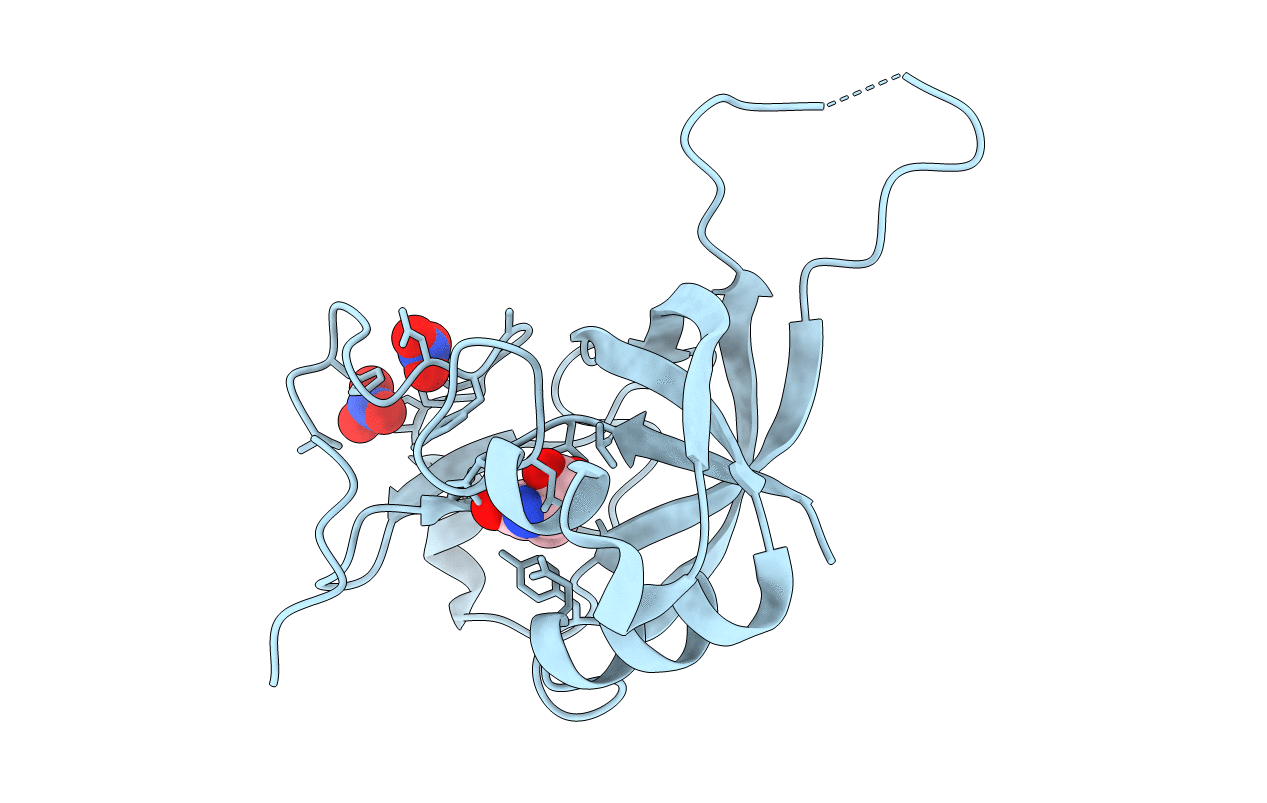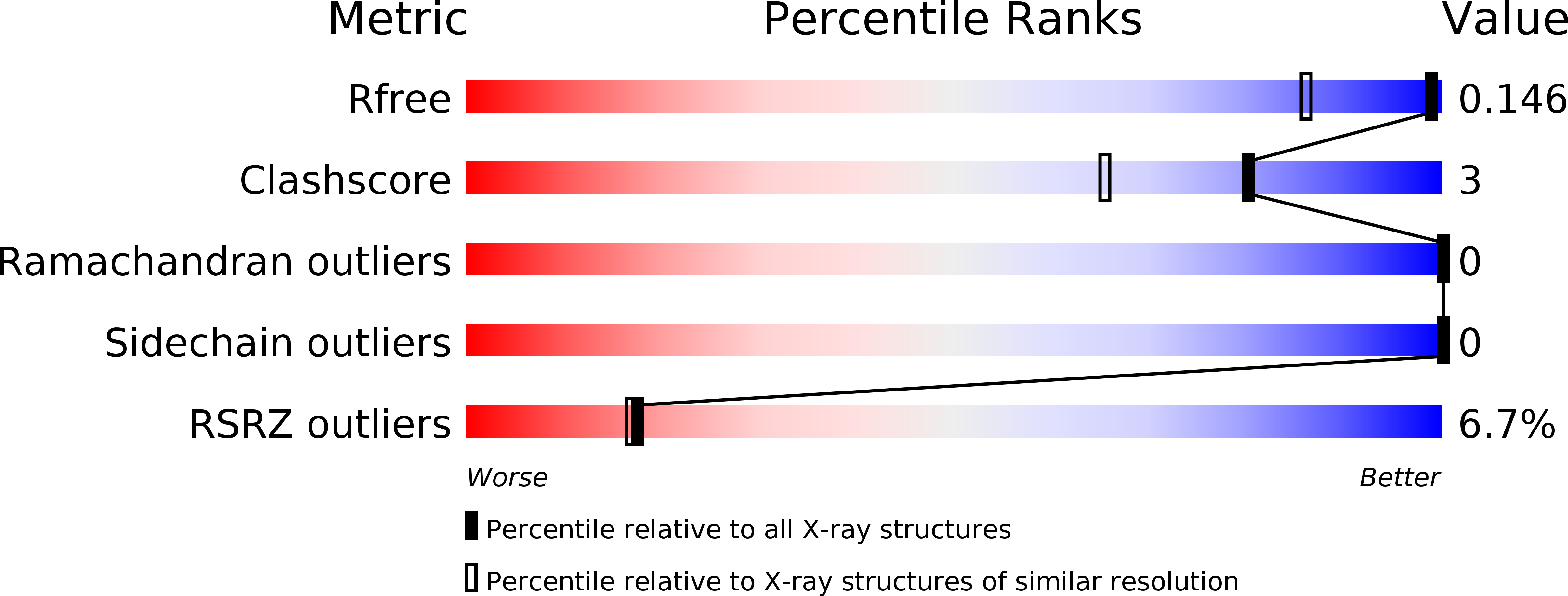
Deposition Date
2009-09-15
Release Date
2010-02-09
Last Version Date
2023-11-01
Entry Detail
PDB ID:
3JUC
Keywords:
Title:
Human gamma-glutamylamine cyclotransferase complex with 5-oxoproline
Biological Source:
Source Organism:
Homo sapiens (Taxon ID: 9606)
Host Organism:
Method Details:
Experimental Method:
Resolution:
1.20 Å
R-Value Free:
0.14
R-Value Work:
0.11
R-Value Observed:
0.11
Space Group:
P 21 21 21


